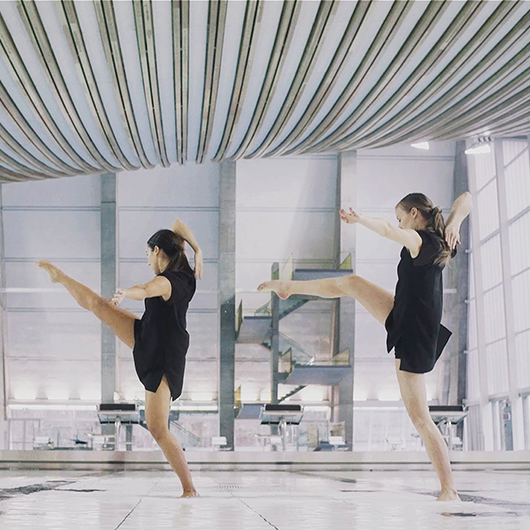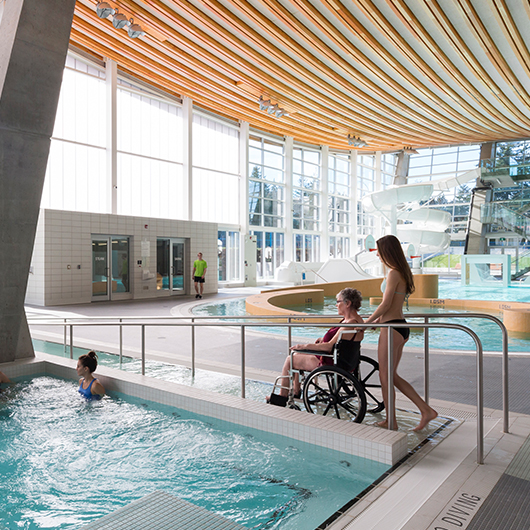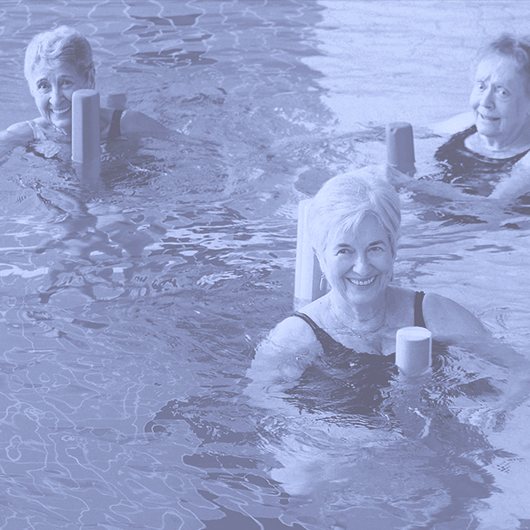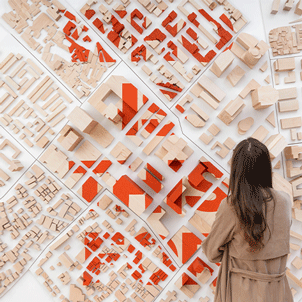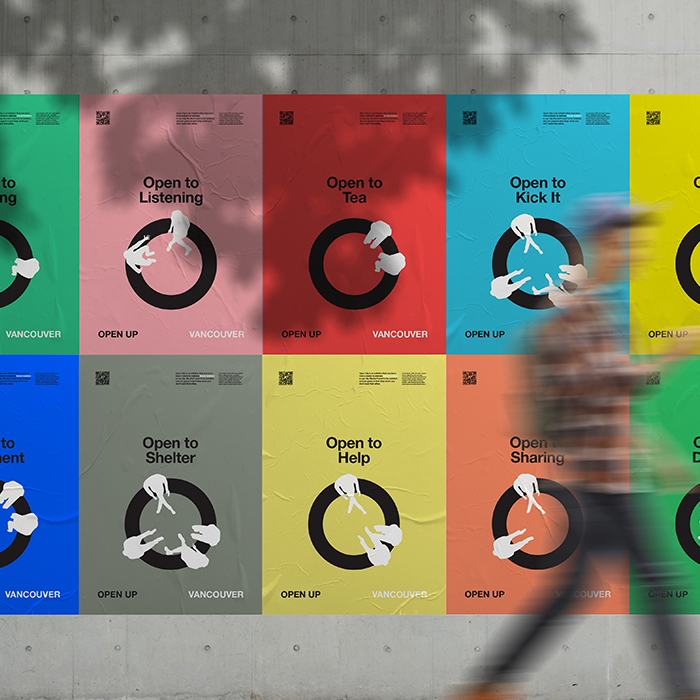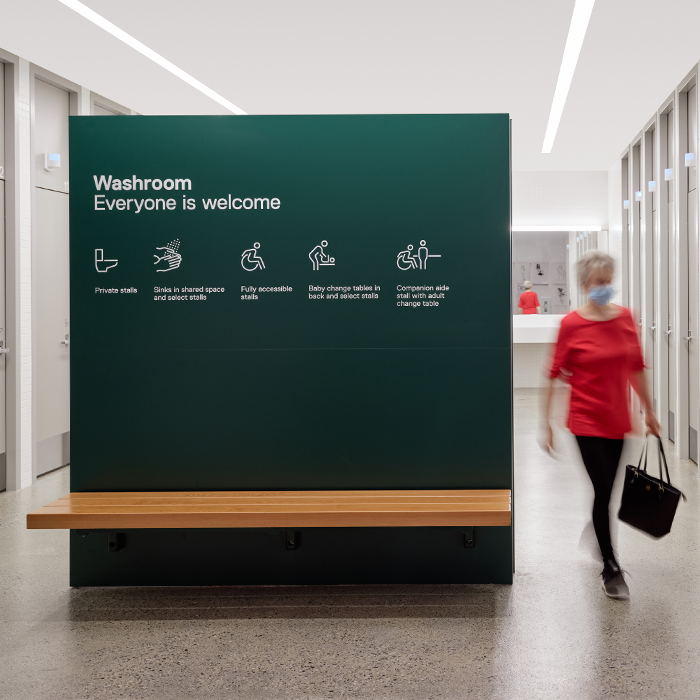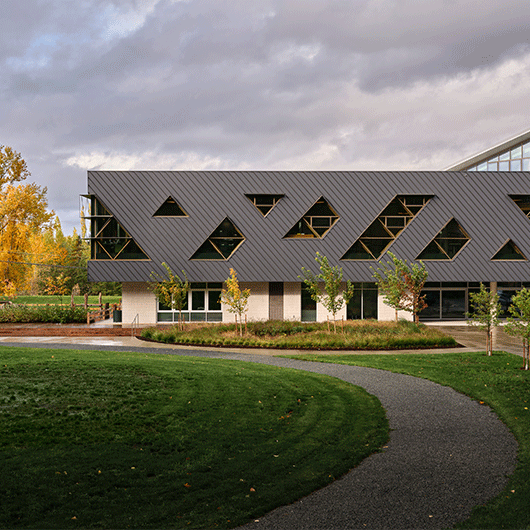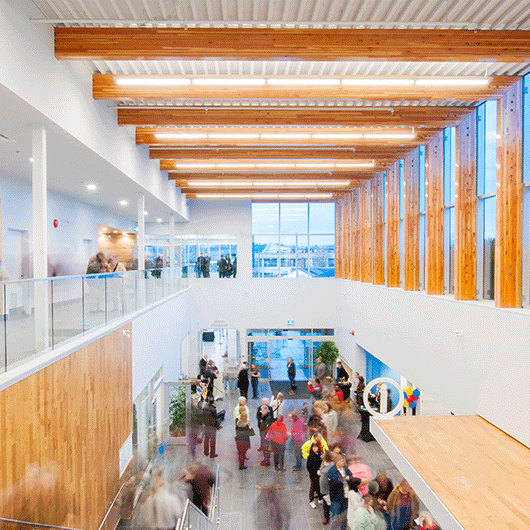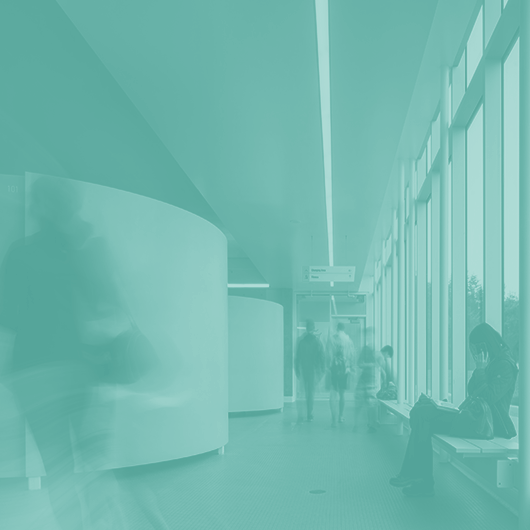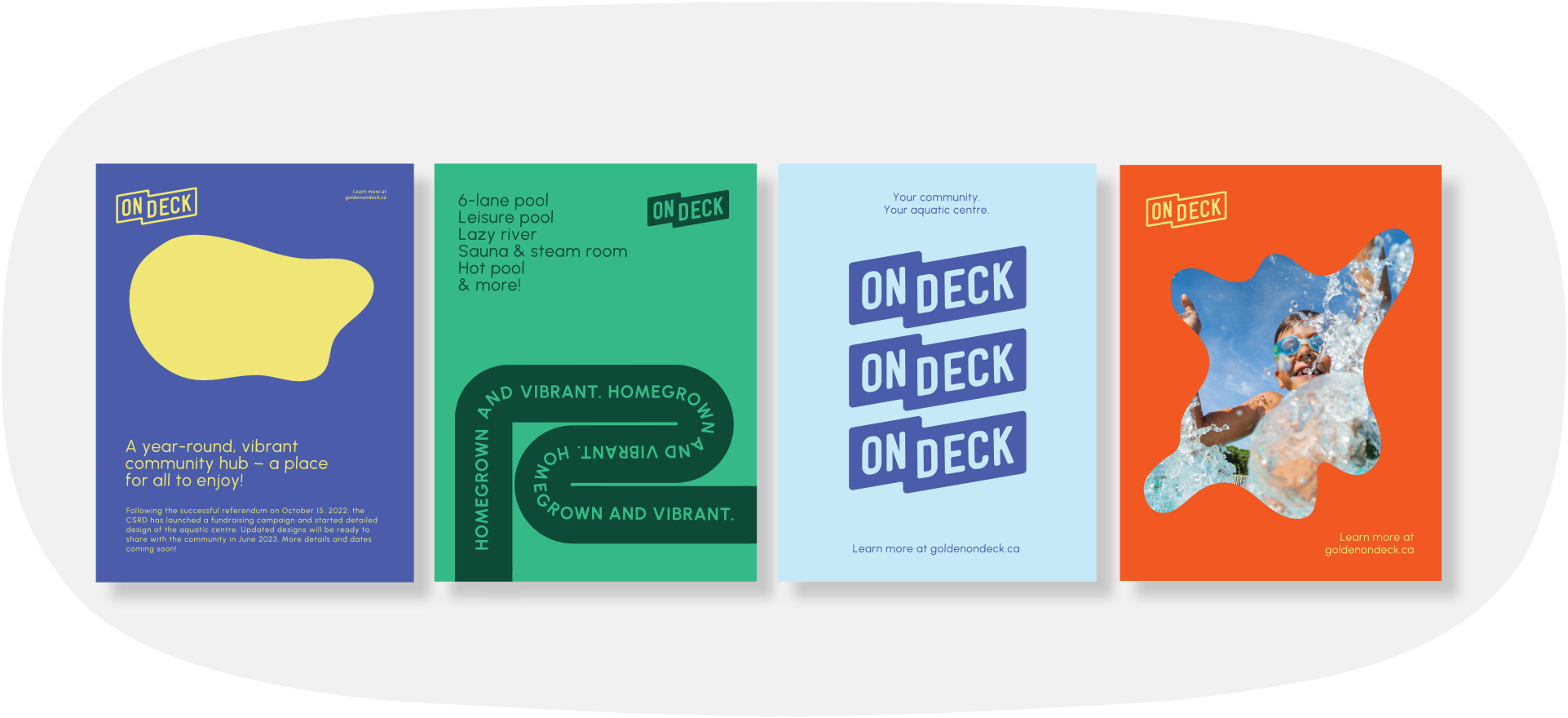
If you want a community to buy into a new brand, you need to design with them, not for them, says Melissa Higgs, principal at design studio hcma
Article originally published in Creative Review magazine.
It seems like almost everyone is primed to have a strong opinion towards new brands these days, and the stakes for a rebrand are even higher. Take the recent We ♥ NYC campaign that launched in March. This update of the beloved I ♥ NY identity, created by Milton Glaser in 1977, was greeted with public ire and mockery.
Whatever its merits – or lack thereof – the response to We ♥ NYC is symptomatic of a wider cultural phenomenon. The same story plays out again and again. But is community backlash inevitable? Or are we, as designers, part of the problem?
First, I have a confession to make: I’m an architect writing about branding for an audience of brand experts. Let me tell you why I’m doing this. The problem of community backlash can be the same in architecture and, I think, the reasons can be similar.
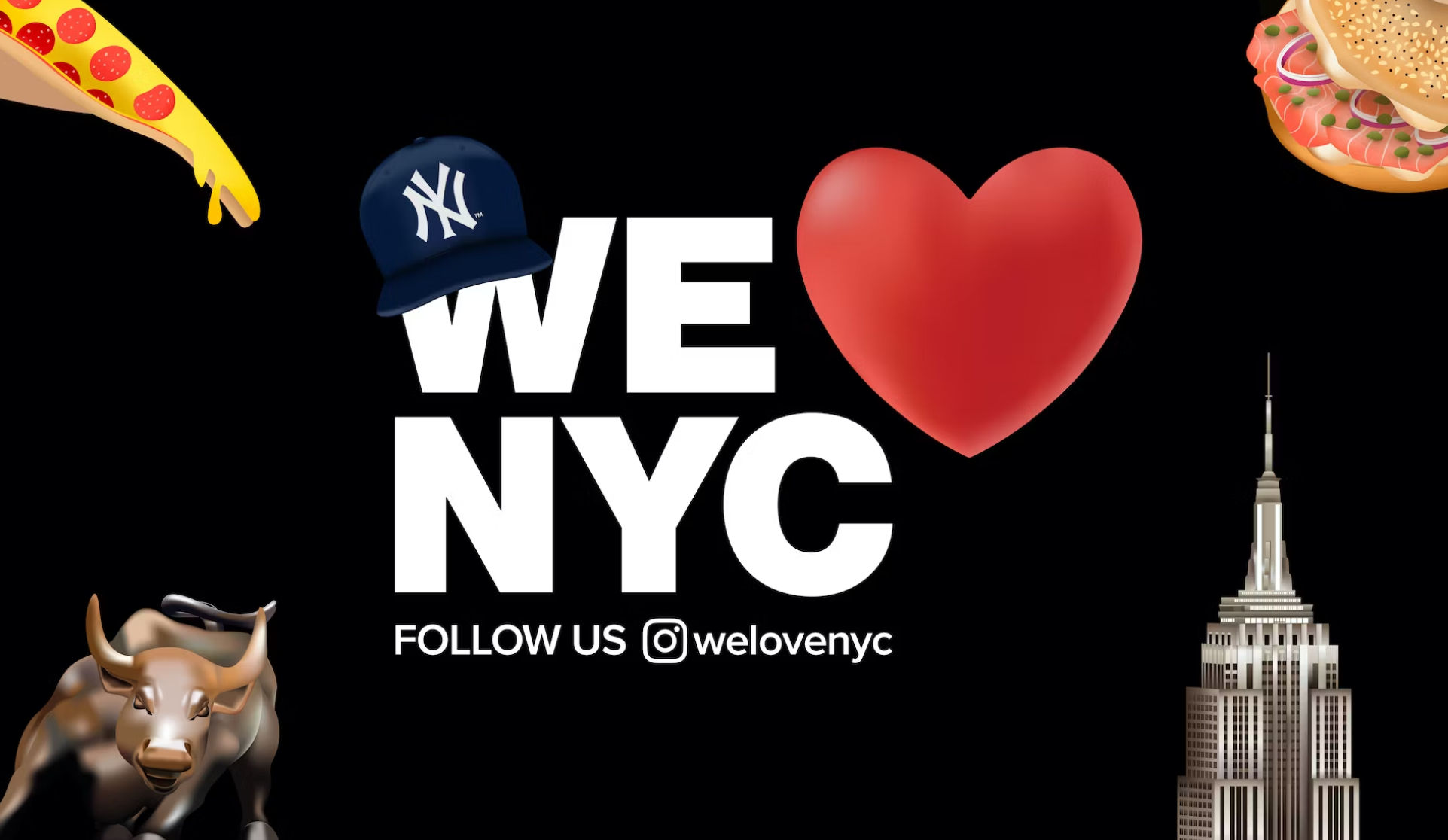
We ♥ NYC branding by Graham Clifford
Community consultation has always been a core part of our practice, but about ten years ago we began to work with our clients to take a different approach, moving from informing or consulting with communities to engaging with them more deeply. This approach means meeting community members where they are, and committing to meaningful conversations. It is now an integral part of our design process.
These engagement activities acknowledge the obvious: local residents are the experts in their community. As architects, we can only design successful buildings rooted in the needs and the values of the communities they serve when we collaborate with the community.
We need to overcome the natural skepticism they will feel about an outsider or so-called expert coming in to design on their behalf. Community engagement, collaboration, and sometimes co-design can create faith and build trust. They can also lead to better, more beautiful buildings that reflect and contribute to the community.
I work closely with graphic designers, inclusive designers, sustainability experts, and brand strategists at hcma. This interdisciplinary collaboration plays out in different ways across projects, but the potential for cross-pollination between disciplines has proven rich and impactful.
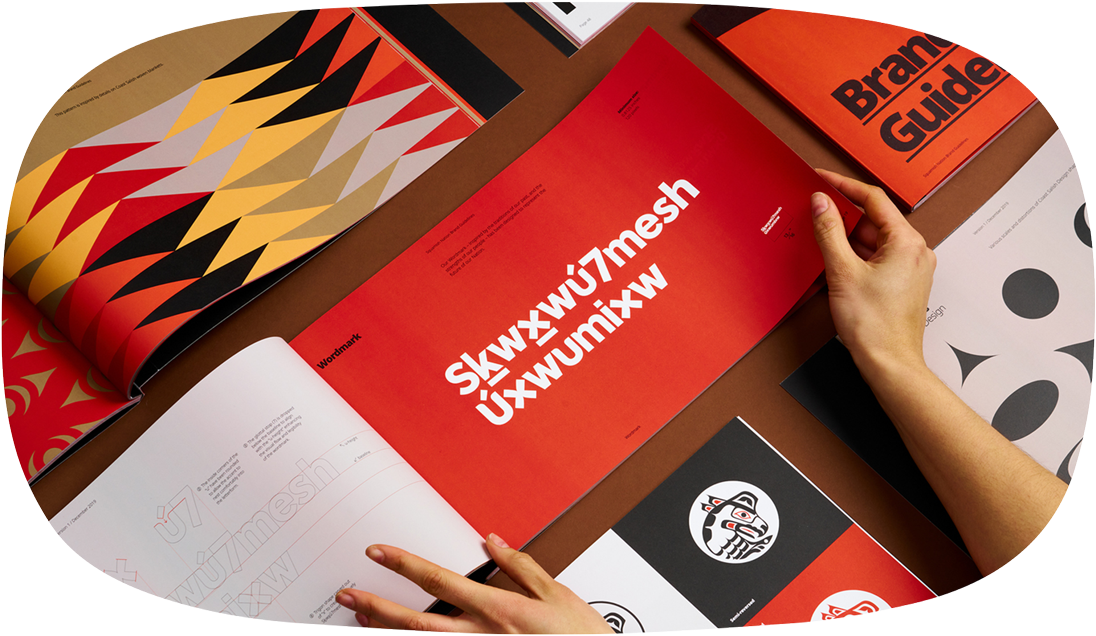
Working with my colleagues in branding and graphic design, I’ve realised that a lot of brands and campaigns get criticism when launched for the same reason that buildings do: the communities they represent don’t see themselves reflected in the design solution. (Sometimes there’s another powerful reason: the design itself isn’t very good, but that’s a different problem.)
You can see this resentment playing out in the We ♥ NYC campaign. Who asked for this rebrand? How does it serve the community? Does it reflect their values?
With our architectural practice rooted in community engagement, we’ve embedded a similar approach into brand design. For years, we’ve designed successful branded campaigns to promote community engagement for our public projects. Now, we’re inviting the community to help shape the design of these same engagement campaigns, most recently for On Deck, the face of a five-year-long effort (with another three-to-five years to go) to achieve community support for an indoor aquatic centre in the town of Golden in eastern British Columbia.
Who asked for this rebrand? How does it serve the community? Does it reflect their values?
Thanks to a series of workshops with a volunteer committee of local residents, what started out as a cheerful but basic campaign to attract attention and build community support has evolved into a sophisticated communications tool and a brand steeped in the vibrant character and natural beauty of Golden.
Following our successful collaboration with Squamish Nation on a refreshed visual identity in 2019, we’re also in the early stages of discovery for a brand refresh with another self-governing First Nation community. Member and youth workshops are in the pipeline for this autumn, and significant collaboration with Indigenous storytellers and artists will take place during the concept design stage.
While the Canadian context is very different to many other places, there are compelling parallels to be found elsewhere. Leeds 2023: Year of Culture launched with a brand built around the central proposition, Let Culture Loose.
Design studio Peter & Paul were behind the identity, which was a little contentious as they’re based down the road in Sheffield. Lee Davies, creative strategy director at Peter & Paul, put it this way: “We basically had a cynical bunch of Yorkshire folk on our hands at the beginning, not entirely thrilled that their Leeds project was being undertaken by a Sheffield agency.”
Davies navigated the challenge by applying lessons learnt two years earlier engaging community on Peter & Paul’s successful Brent 2020: Borough of Culture identity. Though Covid restrictions made in-person meetings impossible, Davies conducted over 30 1:1 interviews with Leeds residents, including educators, people involved in culture, and the general public.
The design team also shared an open-ended brief with two Leeds writers inviting them to write about their city in whatever form they liked. The result is a dynamic, bold campaign that exemplifies how community and creativity can combine in meaningful and authentic ways.
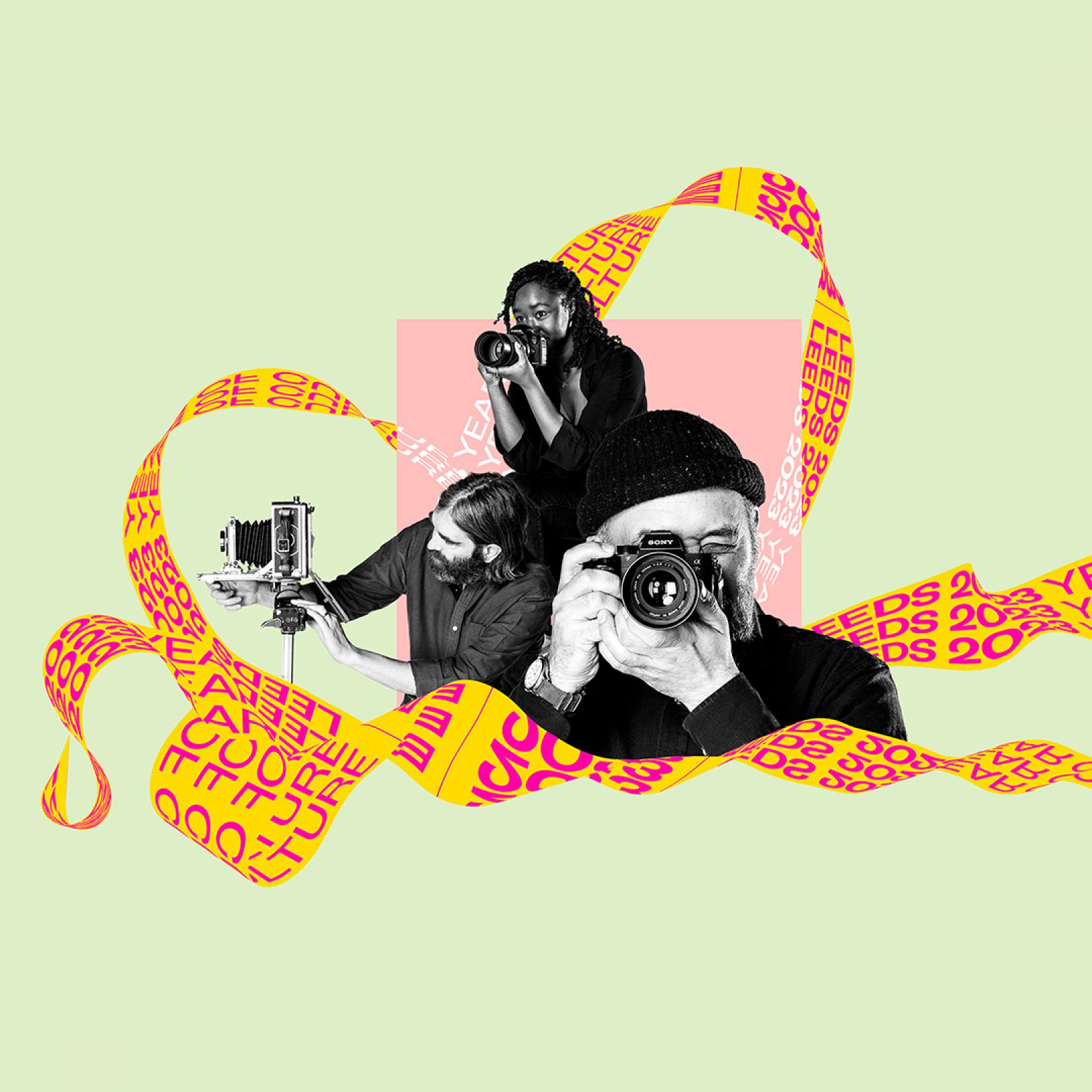
As designers, we often complain about the death of creativity when our ideas go ‘into research’, but what we’ve found is that backlash can be avoided by making community engagement an integral part of the design process.
Maybe the first question we should ask ourselves and our clients is why are we doing this? How will community – whether consumer or real-world – benefit? What matters to them?
If you’re feeling sceptical, know that inviting the community into the process should fuel creativity, not hinder it, leading to better design and better outcomes. As Lee Davies shared, “In engaging with the Leeds community, we unlocked something special that allowed us to do our work right, so when the brand landed it had a real shot at people saying ‘that feels like us’.”
Achieving this sense of connection and recognition is something we all strive for in our designs, whatever form they take. If you take anything away from this article, know that you probably can’t do it alone – nor should you.
Melissa Higgs is principal at Canadian design studio hcma; hcma.ca
